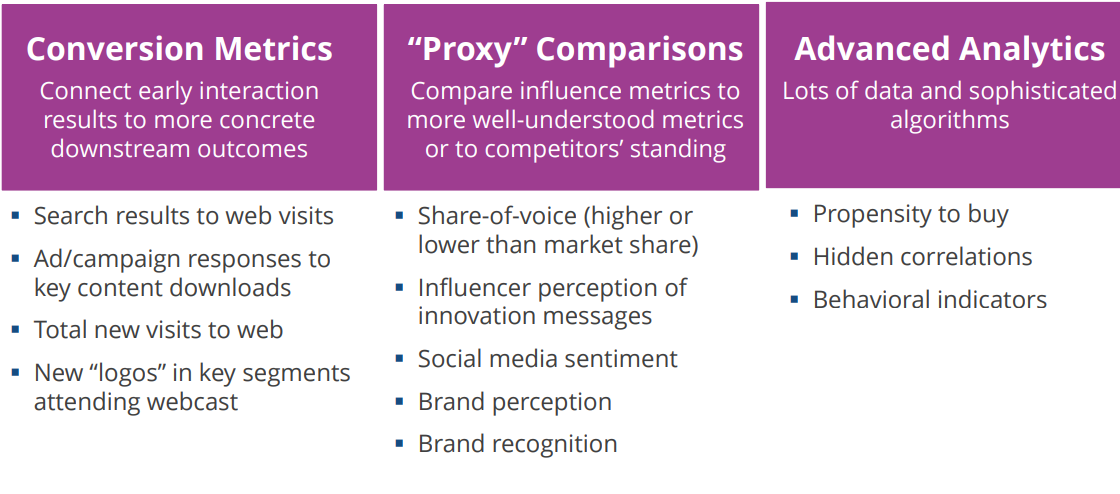Have you ever read through a channel partner’s website, only to finish and realize you still know nothing about what they actually do?
For partners that are serious about phasing out the age-old box-pushing strategy, this can be a serious challenge, says Scott Armstrong, partner & CEO at Brainrider, a B2B marketing agency. Product marketing is usually straightforward – upload a photo of the box, list the specs and slap a price next to it. But channel partners are now having to adhere to the vendor community’s emphasis on contractual, recurring revenue models. Businesses looking for technology to solve their problems don’t care about brands or specs, they just want results. Plus, when it comes to straight product sales, today’s go-to platforms aren’t getting squeezed out anytime soon.
“If it’s just transactional, I’ll get it off Amazon or CDW,” says Armstrong.
Which is why it’s a big problem if a person visiting a channel partner’s website is unable to answer those initial questions. As customer engagement moves increasingly to digital, B2B revenue becomes more dependent on marketing success, Armstrong explains. But measuring the success of those digital marketing efforts isn’t easy, which is why websites are frequently an afterthought.
The name of the game is intent
IDC’s 2017 Hierarchy of Marketing Metrics report suggests digital marketing activities are deemed the least concrete performance metric for chief marketing officers. That’s because CFOs often have little to no knowledge about user experience and behavioural science, the research firm says, and they’re unable to link early interactions and influence on business results. CMOs would much rather focus on the corporate and operational metrics such as overall profit, investment management and staff efficiency, which are easier to measure.
But there are some very important metrics one can pull from a website that can help predict outcomes down the road. Both IDC and Armstrong suggest companies track search results to web visits as well as total new visits to make sure your website is appearing near the top of searches. Measure brand perception and recognition, and ensure it’s associated with trust and thought leadership. And as one keynote speaker suggested at this year’s Cisco Velocity marketing event, don’t be afraid to list the competition on your website, and actively measure yourself to the other players in the field.

AI and machine learning, adds Armstrong, can now provide CMOs with deeper insights that track intent. Cisco execs showed off this capability at Velocity with a video, in which a sharp-dressed businessman’s online engagements were tracked throughout the day as he commented and liked a bunch of content on LinkedIn and other websites.
“It’s still in the early stages, but it represents a powerful opportunity,” says Armstrong.
Many partners have integrated chatbots into their website. A study from Oracle says 80 per cent of marketing and sales leaders use chatbots today. But the report says that innovative tech such as chatbots will do businesses little service if they’re not informed by accurate and consistent information about each customer. Emily Brant, on the other hand, is a shining example of what a chatbot can do with that information. Insight Enterprise’s virtual sales assistant, a newcomer to the global tech company’s marketing team, plays an important role in forwarding sales leads and sent 18,000 emails to more than 3,000 customers during the span of a few weeks in 2018. She even closed some deals, according to Boon Lai, Cisco’s vice-president of Cisco’s global partner marketing.
“She’s getting offers from competitors to join them,” he said during a general session at Velocity.
Integrating AI into a website isn’t something a smaller partner can do tomorrow, but a few minor adjustments and measurements can quickly give a partner better visibility into its customer base.
“All sorts of companies can execute on this if they become more customer-focused and provide a more seamless view of the buyer journey, and measure that journey,” he said. “If the start of every navigation element on their website is about “us” and “our” careers and “our” resources and data sheets, the buyer experience doesn’t include the customer yet. And that’s a problem.”





